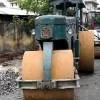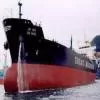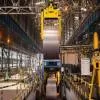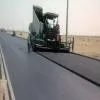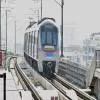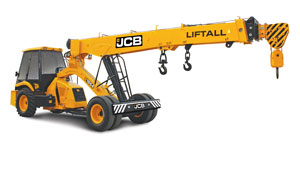
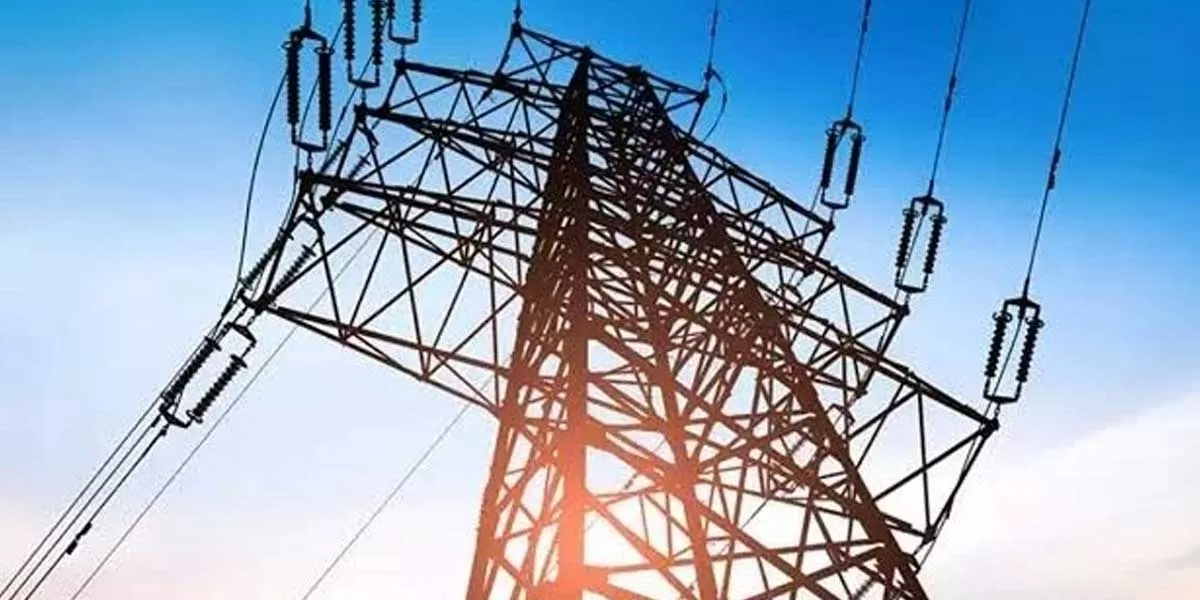
HPCL Ventures into Solar Power Generation
Hindustan Petroleum Corporation Limited (HPCL), a prominent player in the Indian energy sector, is making significant strides towards renewable energy by venturing into solar power generation. The latest development involves HPCL's ambitious Engineering, Procurement, and Construction (EPC) project aimed at establishing a 300 MW solar power plant.
This venture marks a pivotal moment for HPCL as it diversifies its energy portfolio to include clean and sustainable sources. The decision to invest in solar power aligns with global efforts to mitigate climate change and reduce reliance on fo..

India and Iran Forge Long-term Partnership
India and Iran have cemented their strategic partnership with the signing of a long-term contract aimed at developing the Chabahar Port. This significant agreement underscores the mutual commitment of both nations towards enhancing regional connectivity and bolstering economic cooperation.
The Chabahar Port, located in southeastern Iran, holds immense geostrategic importance due to its proximity to the Indian Ocean and its potential to serve as a gateway to Afghanistan, Central Asia, and beyond. By investing in the development of this port, India aims to establish a vital maritime link..

Indian Voters Lukewarm on Climate Change
Indian voters are displaying a surprising indifference towards climate change, despite growing global concerns and increasingly visible environmental impacts. According to recent surveys and reports, climate change ranks low on the list of priorities for many Indian voters, overshadowed by more immediate socio-economic issues such as unemployment, inflation, and healthcare. This apathy towards climate change poses significant challenges for policymakers and environmental advocates striving to implement sustainable policies and combat global warming.
One key factor contributing to this..
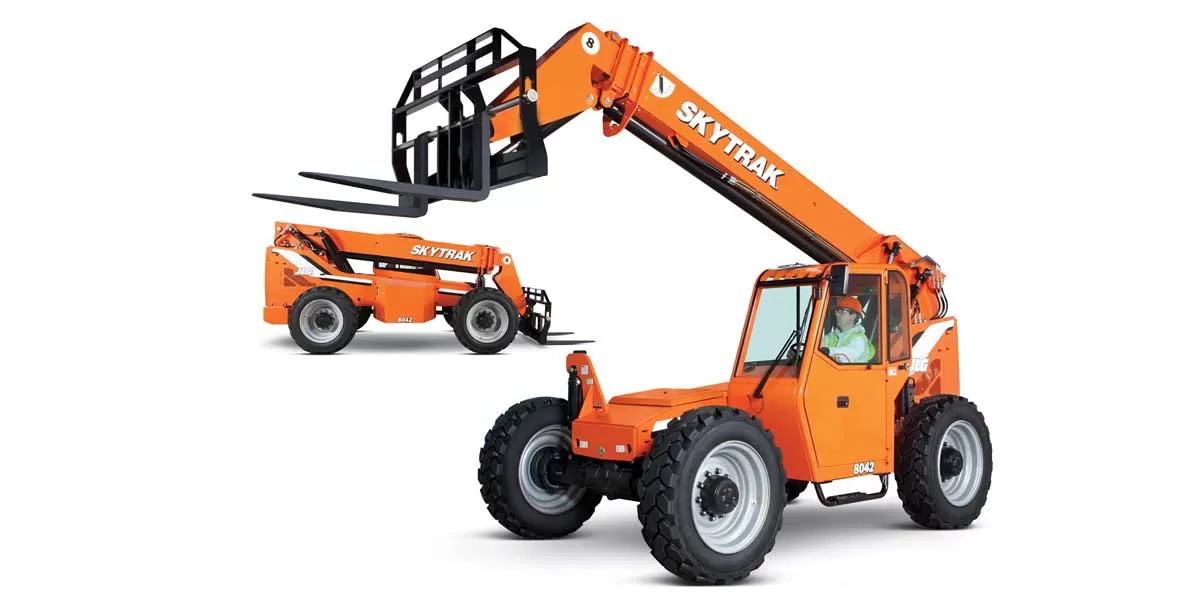
JLG Launches Upgraded SkyTrak 8042 Telehandler
JLG, a renowned leader in access equipment innovation, has rolled out its latest game-changer in the construction industry ? the redesigned SkyTrak 8042 Telehandler. This groundbreaking overhaul aims to revolutionize telehandler operations with a focus on lighter weight, advanced control systems, and enhanced features.
The SkyTrak 8042 Telehandler, boasting an impressive 8,000-pound lift capacity and reaching up to 42 feet, has undergone a complete transformation from its predecessors. Joining the ranks of the 6,000-pound-capacity models released earlier, this redesign marks a significa..
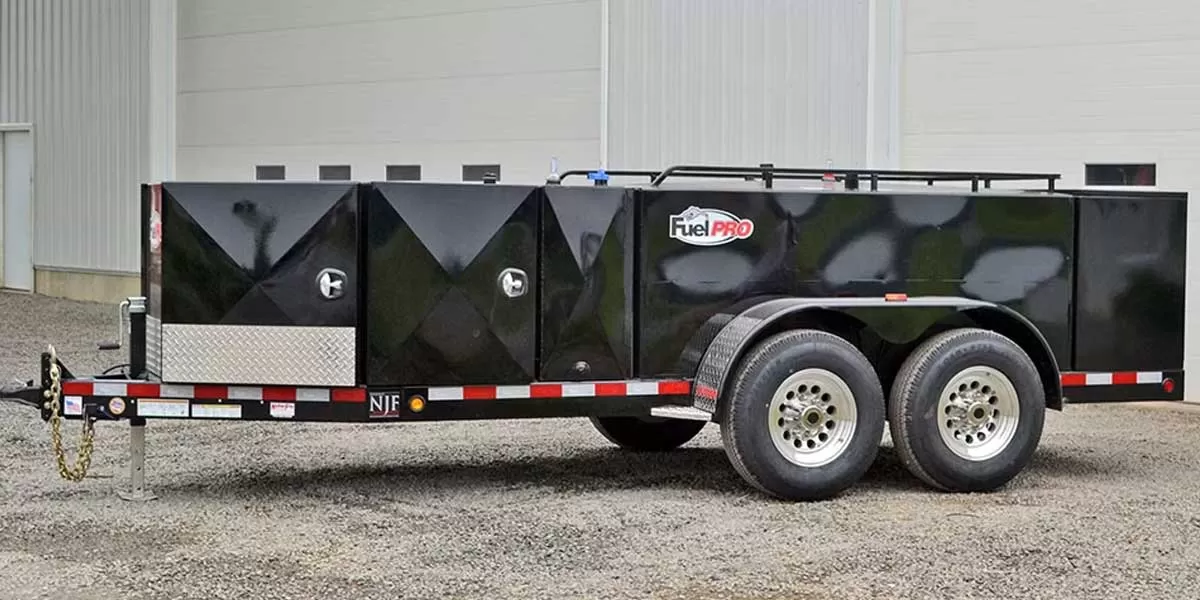
FuelPro Trailers launch FuelPro 750; quick on-site refuelling
FuelPro Trailers has unveiled its latest innovation, the FuelPro 750, a DOT-compliant fuel trailer designed for swift and effective on-site refuelling. Boasting a capacious 750-gallon tank, this cutting-edge system comes equipped with a versatile 1-inch hose, available in lengths of 18, 30, or 50 feet, featuring an auto-trip nozzle for added convenience. An optional auto-retracting reel further enhances user efficiency.
The FuelPro 750 features a robust chassis constructed from 6-inch C-channel, while the tank boasts double-welded seams and 7-gauge steel construction, ensuring unparall..


